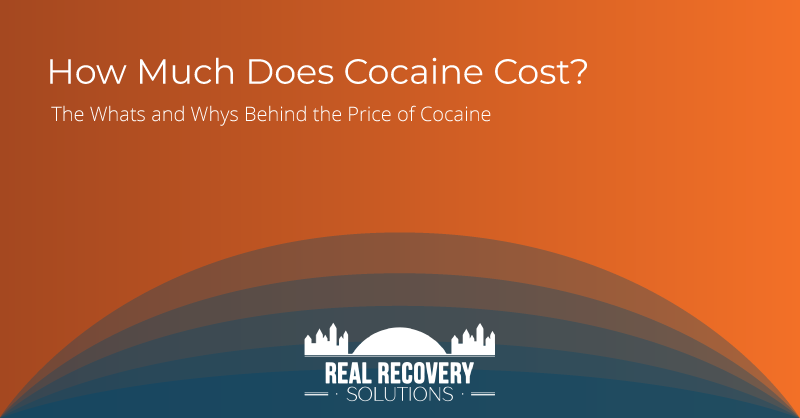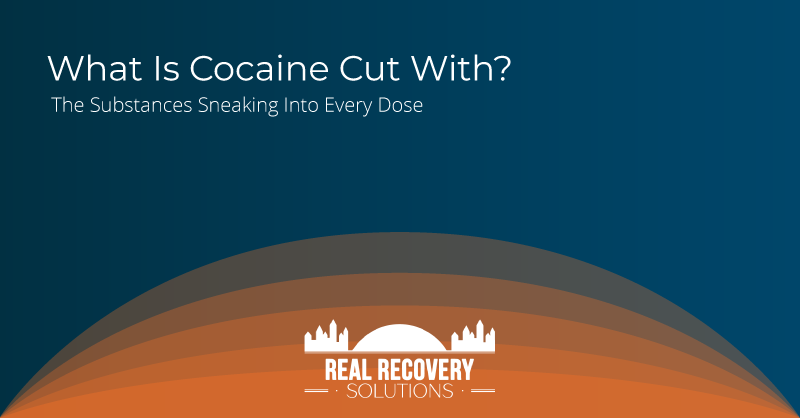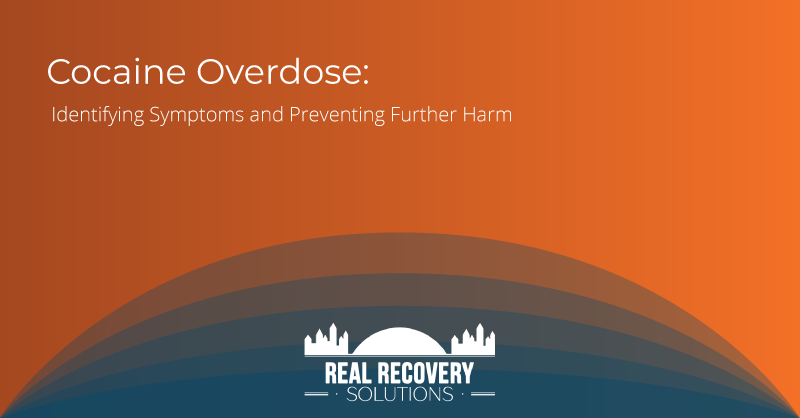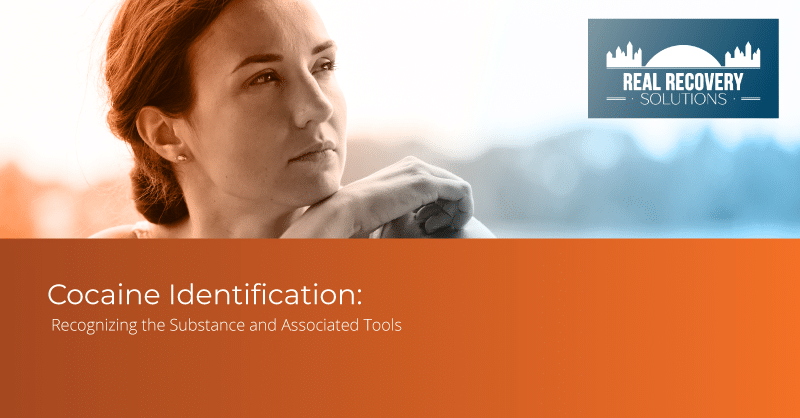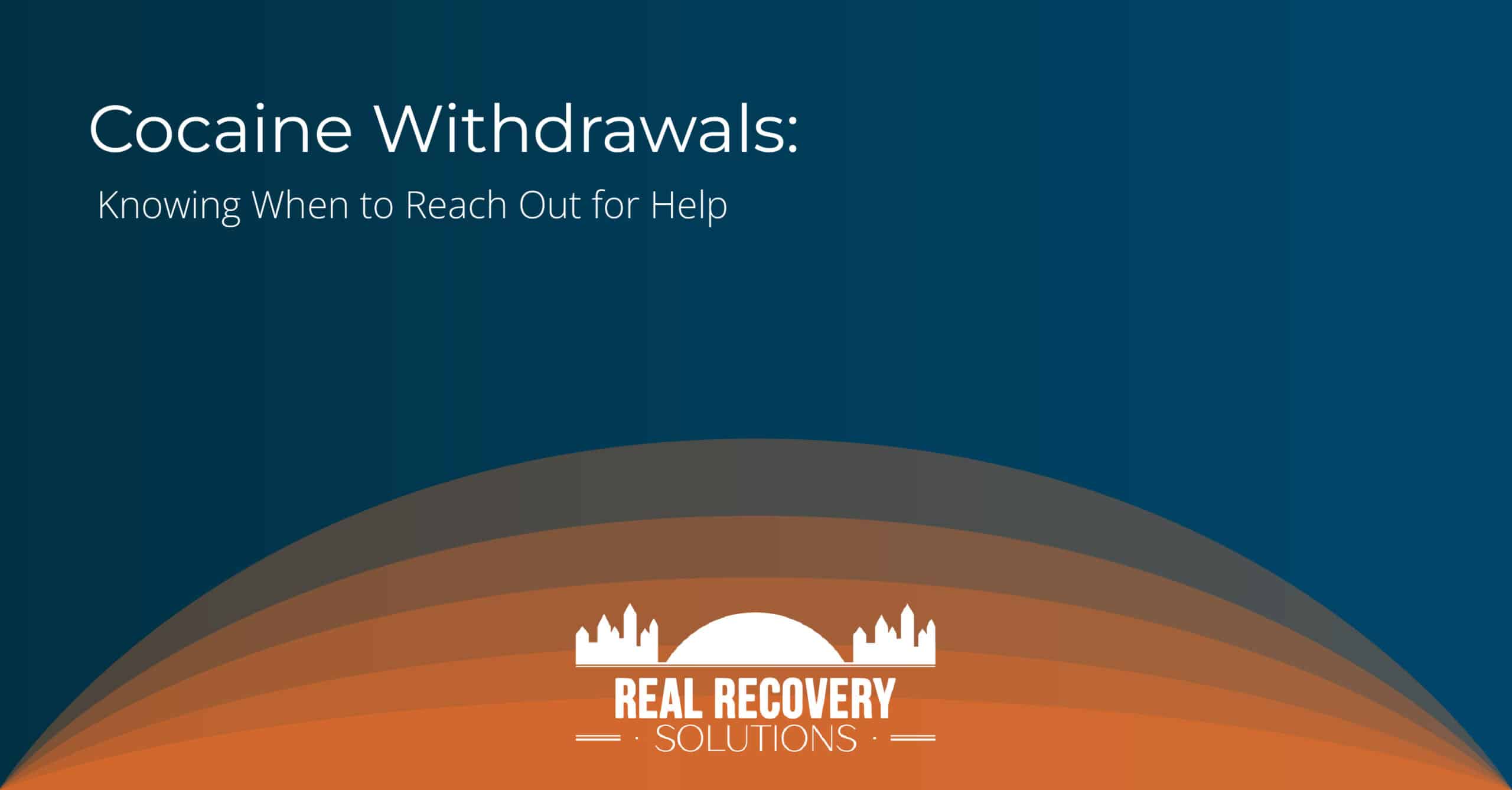At its height in the 1980s, cocaine was often referred to as “the rich man’s drug” because it was popular among higher-income populations. Is that still the case today?
The recreational consumption of cocaine is now popular across many socio-economic groups. As many as 326,000 Floridians are estimated to have taken cocaine at least once in 2021.
The answer to the question “How much does cocaine cost?” is “About $60 to $100 per gram for personal use.” There are many factors that contribute to how much an individual may end up paying for cocaine, including quality, location, law enforcement presence, and more.
At Real Recovery, we believe everyone is capable of choosing recovery, but we know that not everyone is there yet. That’s why we believe it’s important to inform Floridians about the cost of cocaine and the factors that influence it.
Understanding the Cost of Cocaine
Cocaine is a stimulant produced using the coca plant, which is native to South America.
Cocaine alkaloids are stripped from the plant using an accelerant and then combined with other chemicals in a lab to produce cocaine for recreational consumption.
There is no one standardized practice for producing cocaine. Plus, the fact that the coca plant doesn’t typically grow in the United States also means that it’s difficult to produce locally.
Like any business, the people who sell cocaine are trying to turn a profit. In order to do this, the cost of cocaine must be greater than the cost of producing and transporting the substance into the U.S. However, because the production process is completely unregulated, there is no clear way to know exactly what the markup on cocaine is.
There are a few organizations, like the United Nations Office on Drugs and Crime and the American Drug Enforcement Agency (DEA), that make an effort to track the cost of cocaine. Tracking regular fluctuations with any degree of accuracy is very difficult.
To get a better idea of the what and why of cocaine costs, it’s important to understand the various factors that are often at play.
Factors That Affect the Cost of Cocaine
Just like any product – illicit or otherwise – many factors contribute to the overall cost of cocaine. Because of these factors, the cost of cocaine varies, depending on the person selling the cocaine and what their operation looks like.
Factors that often impact the price of cocaine include:
- Supply and demand: This basic economic principle continues to apply even to the illegal drug trade. How much cocaine is there, and how many people want it? If there is a lot of cocaine in a given area, but not very many people want it, then the cocaine will be relatively cheap. If there isn’t very much cocaine in a specific location, but there are a lot of people who want it, then the price will go up. Because most cocaine is produced outside of the U.S., the demand is often greater than the supply.
- Quality or purity: Other things being equal, the quality of cocaine often accounts for its price. The stronger the cocaine’s effects, the more expensive it is. Usually, cocaine that’s been cut with other additives is cheaper to produce and is sold at lower prices. However, it can be difficult to tell whether or not cocaine has been cut, especially before taking it.
- Location: The closer in proximity cocaine is to the site of production, the cheaper it will be, because there are fewer transportation costs to account for. Almost 90% of the cocaine consumed in the U.S. is produced in Colombia, and most of it comes through Mexico, so there are substantial transportation costs. However, some cocaine comes through port cities, like Tampa, which can reduce the cost.
- Law enforcement presence: Since cocaine is an illicit substance, risk often factors into the cost. During periods of high alert from law enforcement, cocaine may be more expensive. Some people who sell cocaine may choose to lay low or reduce their sales when drug busts are more frequent, leading to higher prices.
Forms of Cocaine and Their Varying Costs
The cost of cocaine varies depending on the type. Most cocaine comes either in the form of powder cocaine or crack cocaine.
Sometimes, powder cocaine is considered “pure cocaine,” as it is often higher quality than crack cocaine and has stronger effects. While “pure cocaine,” also known as cocaine hydrochloride, is produced for medicinal purposes, it’s very rarely what’s out in circulation. Because the production of illegal cocaine is not regulated, it’s impossible to know exactly what’s in any individual dose.
The exact differences between powder cocaine and crack cocaine are highlighted in the chart below.
| Powder Cocaine | Crack Cocaine |
|---|---|
| Identification: This looks like a white or off-white powder with a texture similar to fine dust. | Identification: This form of cocaine is crystallized and looks like an off-white rock that is semitranslucent. |
| Consumption and tools: Powder cocaine is typically stored in small baggies or hollowed-out jewelry. It’s often snorted off of smooth surfaces like mirrors and made into lines using tools like credit cards. | Consumption and tools: The crystallized form of cocaine is often wrapped in tinfoil. It’s usually heated up and smoked using long pipes with a bulbous head. Sometimes, homemade tools are made using plastic. |
| Cost: Average of $120 a gram for personal use | Cost: Average of $80 a gram for personal use |
Common Prices of Cocaine Based On Quantity
The price of cocaine typically comes down to the quantity that’s purchased. There are a few different ways that the amount of cocaine is measured. For personal use, cocaine is typically measured in grams or what’s known as an “8-ball.” Cocaine is also sold in larger quantities, like an ounce or a kilogram, but these are typically sold for distribution purposes.
This is the breakdown of cost by these 4 measurements:
- Gram: This is the most commonly sold quantity for individual consumption. The cost of a gram of cocaine in the U.S. varies from about $60 to $200, with the average cost being around $120 when adjusted for inflation.
- 8-Ball: An 8-ball gets its name because it’s 1/8th of an ounce of cocaine, or about 3.5 grams. 8-balls are common among people who take cocaine consistently, because it’s usually more cost-effective than buying 3.5 individual grams at different times. The cost of an 8-ball in the U.S. is estimated to average between $120 and $300.
- Ounce: An ounce is made up of 28 grams, which is a lot of cocaine. This quantity is not usually for one individual. Possession of 28 grams or more of cocaine is grounds for being charged with cocaine trafficking in the State of Florida. Many lower-level sellers move this quantity of cocaine. The cost of an ounce of cocaine in the U.S. ranges from about $1,100 to $2,000.
- Kilo: A kilogram is 1,000 grams. This is a substantial amount of cocaine that’s only bought and sold by distributors. There is no reason that someone would buy this quantity of cocaine for personal use. In this quantity, cocaine may be stored in large “bricks” wrapped in plastic. A kilogram of coke will cost between $4,000 and $70,000, depending on factors like quality and the specific type of cocaine. The average price is around $30,000.
Get Help for Cocaine Addiction in the Tampa Bay Area
There are two primary reasons that people do research on the cost of cocaine. Most people either want to know if they’re getting a fair price, or they want to know how much someone they care about is spending on coke.
Cocaine is an expensive habit, and it doesn’t just cost money. Regular cocaine consumption can cause serious health problems and negatively impact relationships as well.
With the proper treatment for cocaine addiction, anyone can heal, regardless of their history before committing to recovery. A good treatment program will focus on a combination of 12-step programming, evidence-based therapies, and skill development.
Real Recovery Solutions offers a 12-step focused program that empowers clients to recover and reclaim their lives for the long term. We’re serious about supporting people who are ready to give themselves over completely to the program and leave cocaine in the past for good. Call us at 813-373-6762 to learn more about how we can help today.

